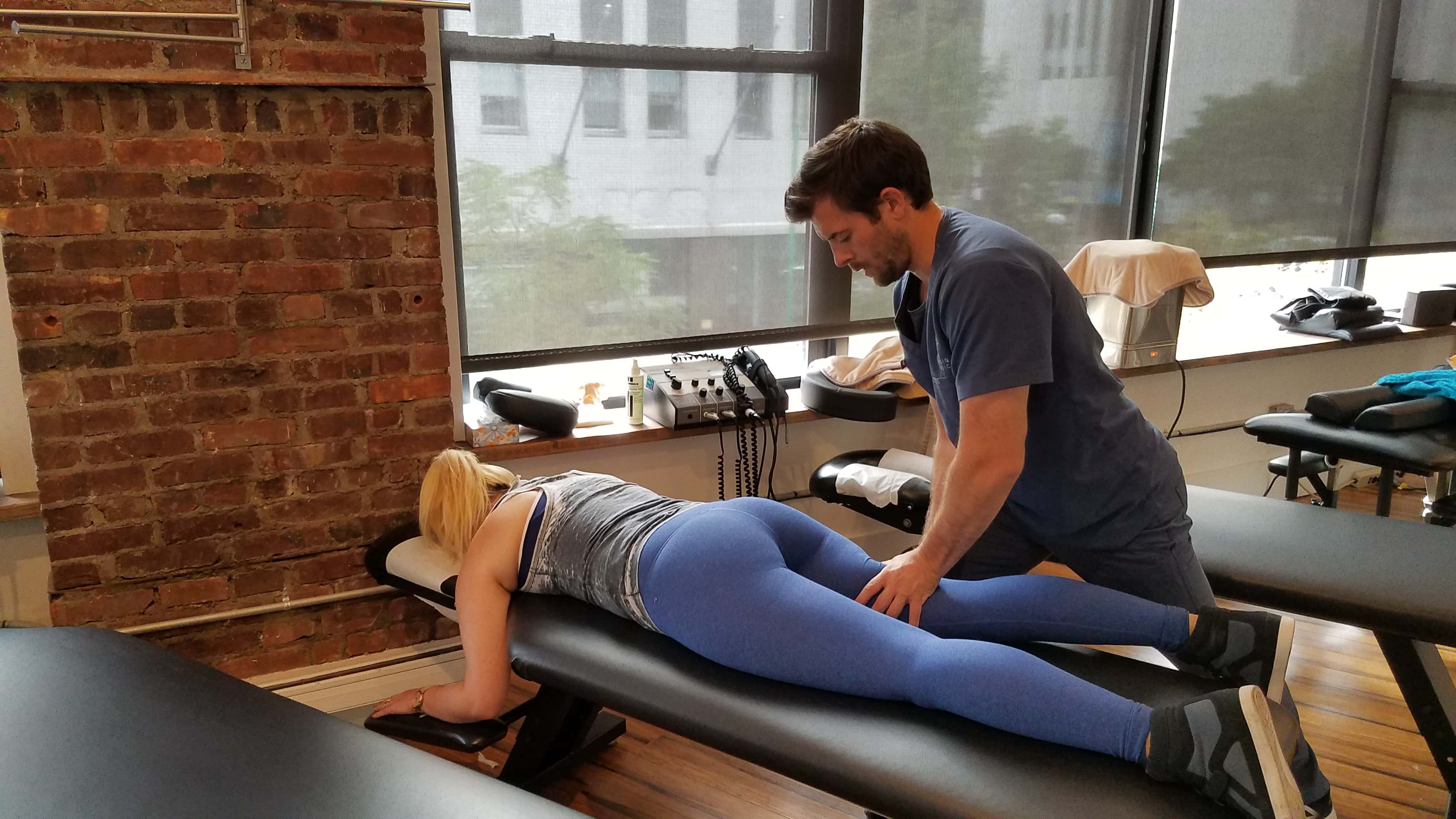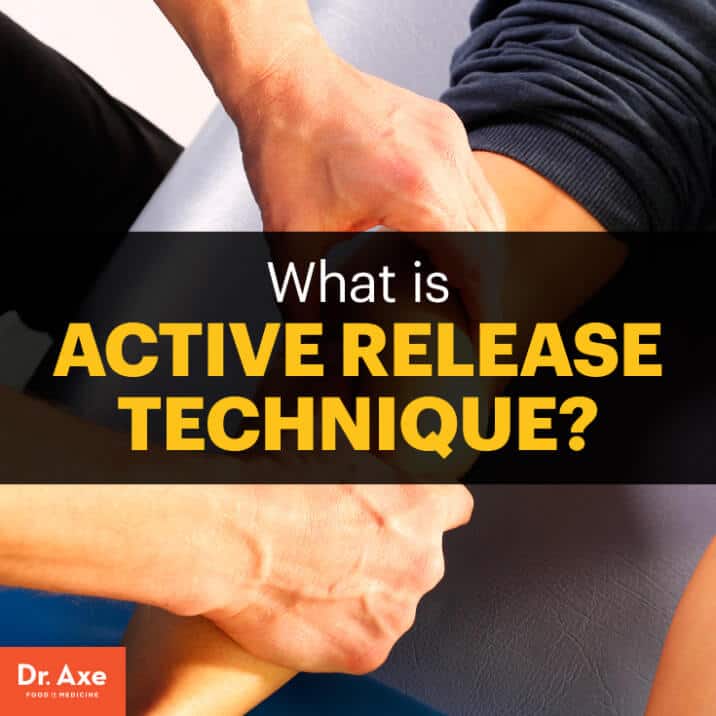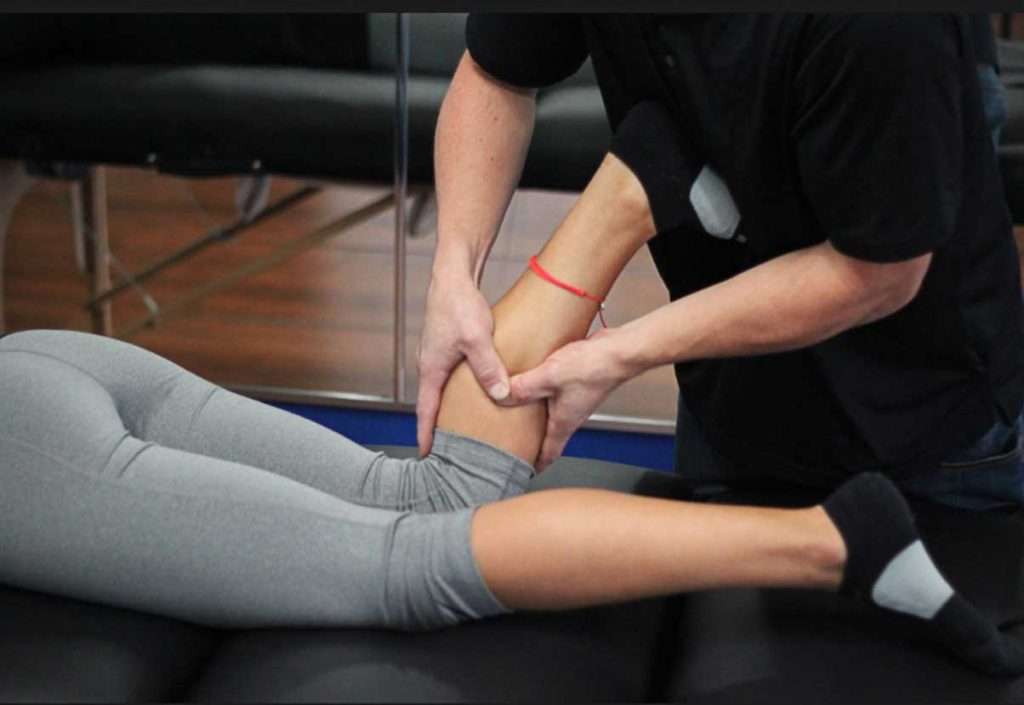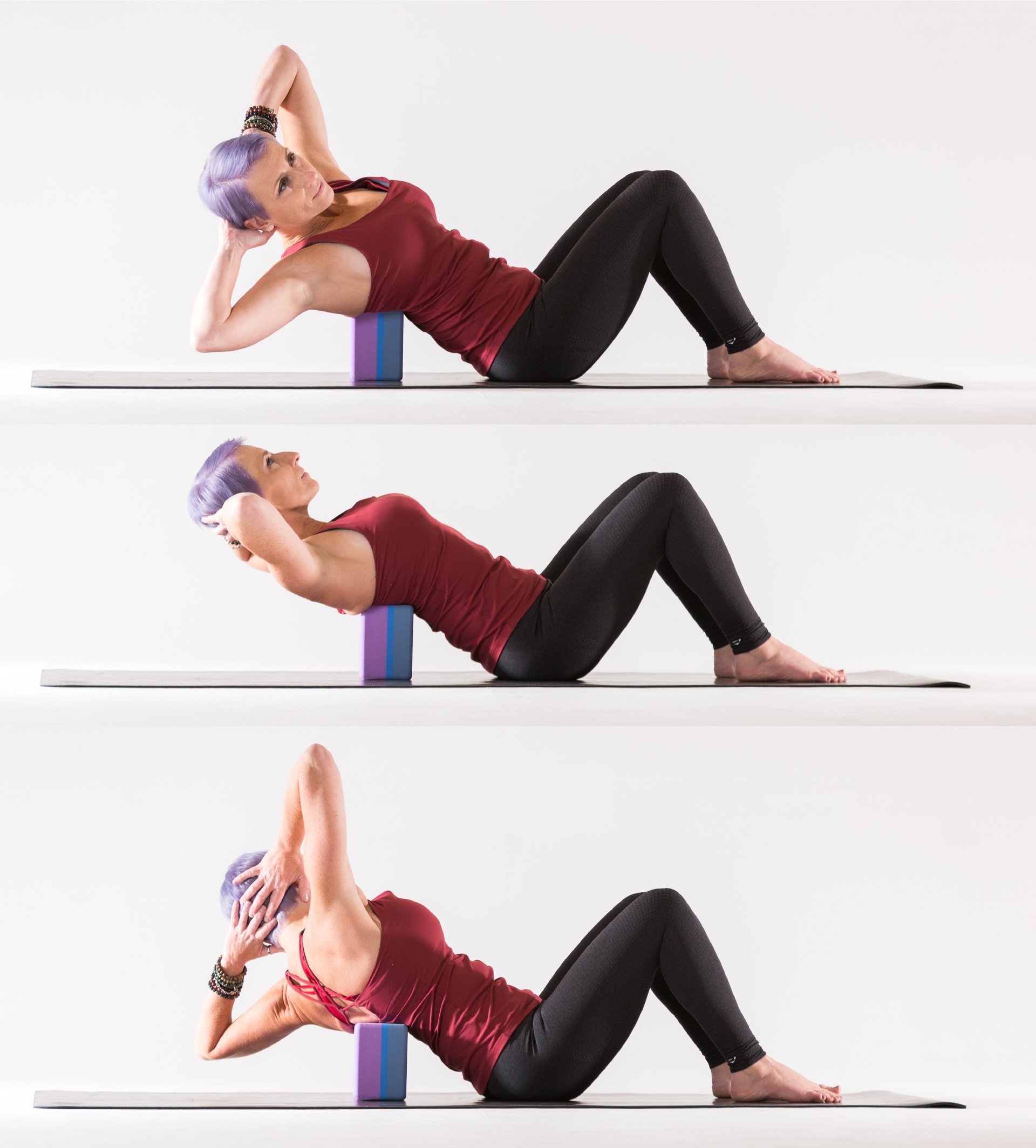Active Release Technique Courses
Active Release Technique Courses - Find an art therapist at an ati clinic near you. Web active release technique is a specialized soft tissue release technique that involves identifying muscle and fascia knots and mobilizing them with a combination of pressure and patient movement. Utilizing palpation, you will learn to compare the movement and texture of healthy versus unhealthy tissue to detect problems with muscles, fascia. Take the first step down a pathway that will reap benefits for your patients and your career. Web course categories art location webinar course dates 12/15/2020 view sponsor's website description nycc/pg proudly provides continuing education credits for select courses active release technique offers. Connect with our seminars team: Web description the frank j. Nicchi school of continuing education at northeast college of health sciences proudly provides continuing education credits for select courses active release technique offers. Web active release techniques (art) are skilled techniques performed by specially trained physical therapists. Active release techniques, or art, are skilled techniques performed by physical therapists with specialized training. After feeling for the precise location of musculoskeletal dysfunction, practitioners aim to. Each participant should have an advanced understanding of anatomy. Avoiding skin pull increasing palpation sensitivity avoiding slide contact tension vs. People with various types of musculoskeletal conditions can benefit from art. To provide continuing education to certified athletic trainers. Avoiding skin pull increasing palpation sensitivity avoiding slide contact tension vs. Web active release techniques® (art®) exists to train, encourage, and assist healthcare professionals to identify and resolve conditions that are not properly diagnosed or efficiently treated by conventional methods. Web active release techniques (art) are skilled techniques performed by specially trained physical therapists. Web introduction to active release technique.. Nicchi school of continuing education at northeast college of health sciences proudly provides continuing education credits for select courses active release technique offers. Connect with our seminars team: Examination hierarchy examination methods case studies: Active release techniques (boc ap#p3882) is approved by the board of certification, inc. Find an art therapist at an ati clinic near you. Utilizing palpation, you will learn to compare the movement and texture of healthy versus unhealthy tissue to detect problems with muscles, fascia. Active release technique® (or art) is a patented soft tissue technique that treats problems with muscles, tendons, ligaments, fascia (connective tissue), and nerves. Find an art therapist at an ati clinic near you. Active release techniques, or art,. Get in the game why get certified? Nicchi school of continuing education at northeast college of health sciences proudly provides continuing education credits for select courses active release technique offers. Web active release techniques (art) are a soft tissue method that focuses on relieving tissue tension via the removal of fibrosis/adhesions which can develop in tissues as a result of. Web active release techniques® (art®) exists to train, encourage, and assist healthcare professionals to identify and resolve conditions that are not properly diagnosed or efficiently treated by conventional methods. [1] these disorders may lead to muscular weakness, numbness, aching, tingling and burning sensations. After feeling for the precise location of musculoskeletal dysfunction, practitioners aim to. Examination hierarchy examination methods case. To provide continuing education to certified athletic trainers. [1] these disorders may lead to muscular weakness, numbness, aching, tingling and burning sensations. Web active release technique is a specialized soft tissue release technique that involves identifying muscle and fascia knots and mobilizing them with a combination of pressure and patient movement. Examination hierarchy examination methods case studies: Treats problems with. Web hand positioning tension before compression: Web active release techniques (art) are a soft tissue method that focuses on relieving tissue tension via the removal of fibrosis/adhesions which can develop in tissues as a result of overload due to repetitive use. People with various types of musculoskeletal conditions can benefit from art. Web description the frank j. Treats problems with. Find an art therapist at an ati clinic near you. After feeling for the precise location of musculoskeletal dysfunction, practitioners aim to. Each participant should have an advanced understanding of anatomy. Web course categories art location webinar course dates 12/15/2020 view sponsor's website description nycc/pg proudly provides continuing education credits for select courses active release technique offers. Utilizing palpation, you. To provide continuing education to certified athletic trainers. Web course categories art location webinar course dates 12/15/2020 view sponsor's website description nycc/pg proudly provides continuing education credits for select courses active release technique offers. Web hand positioning tension before compression: Connect with our seminars team: Active release techniques, or art, are skilled techniques performed by physical therapists with specialized training. Web summary active release therapy is a set of techniques for treating musculoskeletal problems. Nicchi school of continuing education at northeast college of health sciences proudly provides continuing education credits for select courses active release technique offers. Soft tissue is adversely affected by factors associated with inappropriate loading and trauma. Active release techniques (boc ap#p3882) is approved by the board of certification, inc. Nicchi school of continuing education at northeast college of health sciences proudly provides continuing education credits for select courses active release technique offers. Web description the frank j. Web active release techniques® (art®) exists to train, encourage, and assist healthcare professionals to identify and resolve conditions that are not properly diagnosed or efficiently treated by conventional methods. Active release techniques, or art, are skilled techniques performed by physical therapists with specialized training. Find an art therapist at an ati clinic near you. People with various types of musculoskeletal conditions can benefit from art. Each participant should have an advanced understanding of anatomy. Web course categories art location webinar course dates 12/15/2020 view sponsor's website description nycc/pg proudly provides continuing education credits for select courses active release technique offers. Web active release technique is a specialized soft tissue release technique that involves identifying muscle and fascia knots and mobilizing them with a combination of pressure and patient movement. Web active release techniques (art) are a soft tissue method that focuses on relieving tissue tension via the removal of fibrosis/adhesions which can develop in tissues as a result of overload due to repetitive use. To provide continuing education to certified athletic trainers. Web active release techniques (art) are skilled techniques performed by specially trained physical therapists.
Active Release Technique (ART) for Running Injuries

Top 5 Active Release Technique Benefits & Uses Dr. Axe

Active Release Techniques — Indy Muscle & Joint Clinic

Active Release Technique® Specialized Soft Tissue Therapy

Active Release Technique for the Hip YouTube

Active Release Techniques What is it? And Should You Try it? YouTube

What is the Active Release Technique? Wasserman Chiropractic

Myofascial Release Techniques You Can Do With Just 2 Blocks

Active Release Technique

Hamstring Active Release Technique YouTube
Level 1 Certifications Advanced Certifications Recertification Benefits For Providers Better Results In Shorter Timeframes, Meaning More Repeat Business And Referrals For Your Practice.
Avoiding Skin Pull Increasing Palpation Sensitivity Avoiding Slide Contact Tension Vs.
Web Hand Positioning Tension Before Compression:
Web Introduction To Active Release Technique.
Related Post: